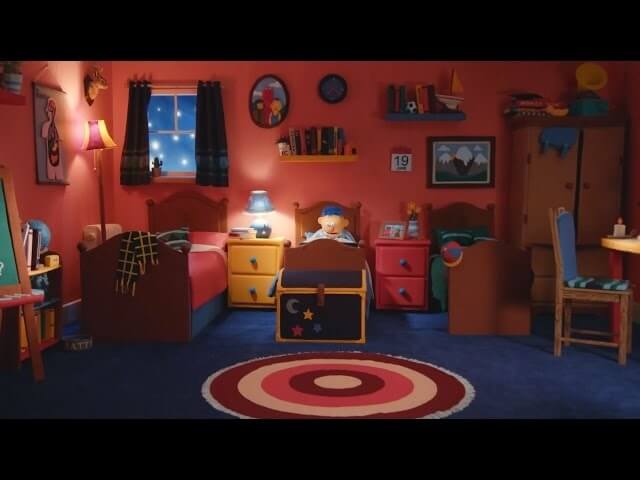Don’t Hug Me I’m Scared has been baffling the internet for five years now

The internet is nothing if not fickle. Fads, obsessions, and memes come and go with whiplash-inducing rapidity. Seemingly every week, a new “Damn, Daniel!” or “Yo Dawg” is tossed onto the scrapheap of the past, like a broken toy with which the world has become bored. And yet, the sometimes hilarious, sometimes horrifying web series Don’t Hug Me I’m Scared—a surrealist children’s show that’s basically Sesame Street as filtered through David Lynch and Hieronymus Bosch—has endured for half a decade, not only surviving but thriving over the years. With only six brief-ish episodes to its credit since July 2011, Don’t Hug Me I’m Scared has managed to rack up over a million subscribers and 121 million total views. The release of each new episode is an event, with some fans scrutinizing and analyzing each moment like detectives trying to solve a tough case. The latest episode gives super-fans plenty of fodder for their various theories. Combining puppetry, live action, and animation, this installment could either serve as a series finale or a franchise reboot, depending on your interpretation.
Strange as the show is, part of the appeal of Don’t Hug Me I’m Scared is fairly obvious. Children’s shows are so innocent, preachy, and goody-goody that they’re begging for subversive, gory satire. Series like Wonder Showzen and TV Funhouse have made plenty of comedic hay from skewering standard kidvid fare, and a good chunk of Adult Swim’s Robot Chicken is devoted to spoofing children’s shows, too, often adding violent and horrific elements. But Don’t Hug Me I’m Scared is an extremely ambitious work. The show’s creators, British artists Becky Sloan and Joseph Pelling, have kept the production values incredibly high, so much so that the series looks professional despite the fact it’s funded by Kickstarter donations. And the series’ sense-to-nonsense ratio is just right. There are definite characters (Yellow Guy) and visual motifs (pools of oily goo) to follow from episode to episode. Viewers really feel that, if they only study the videos carefully enough, some kind of meaningful overall message is bound to materialize.